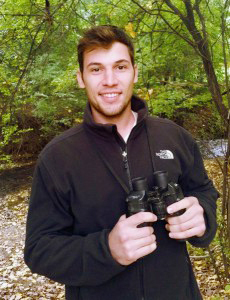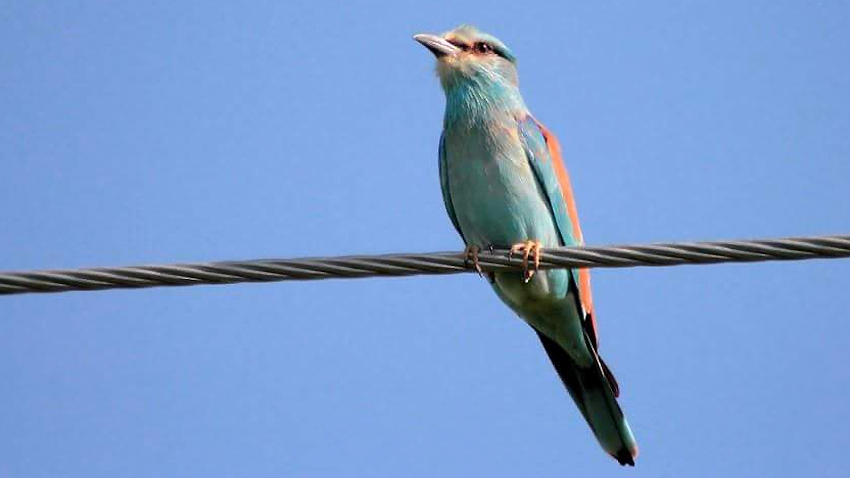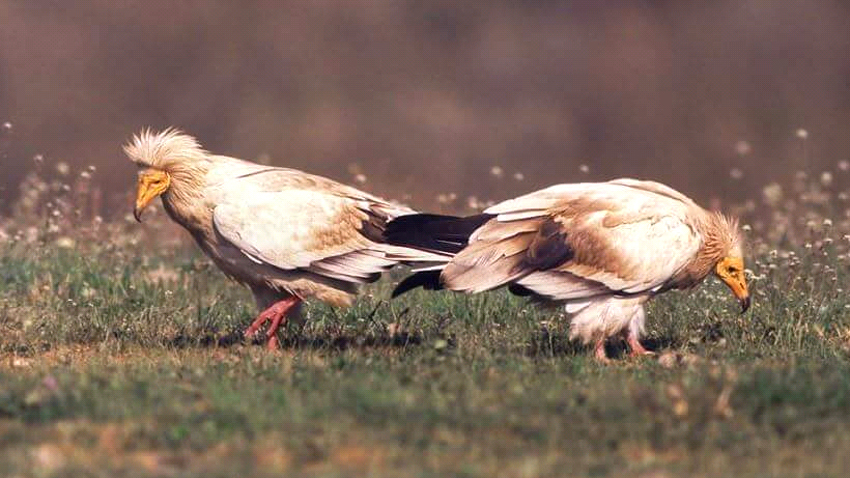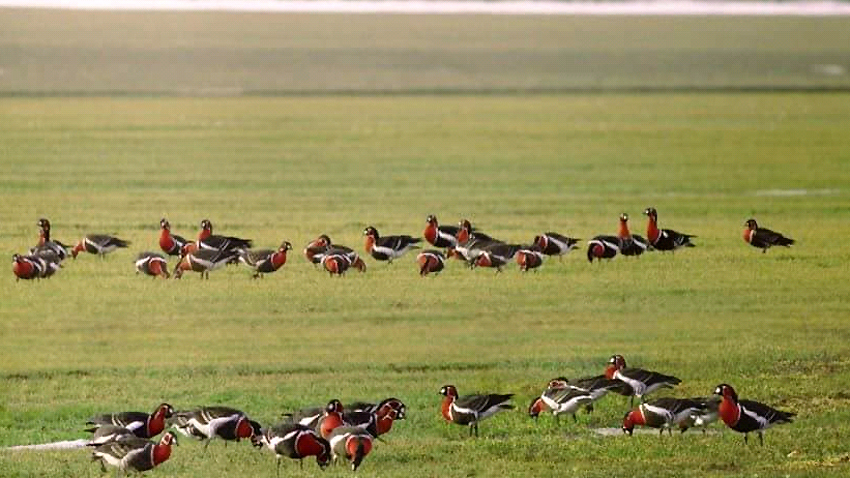Petar Dilchev is involved with what we have got used to calling wildlife tourism. The man is convinced that different rare bird, wild animal and plant species can be found in this country:
 “Bulgaria takes the first position in Europe, alongside Spain, as far as biodiversity is concerned. However, our territory is significantly smaller; one can see many interesting things within a shorter period here. Our job is related to tour organization, presenting the country in different natural spheres, or the so-called wildlife tourism, much more popular in West Europe. For instance, we organize bird watching and also the observation of plants. Foreigners are also quite attracted by Bulgarian traditions and culture – historical landmarks, 8-millenia-old Thracian findings, our folklore etc. Bulgaria is en route of two bird migration flows and attracts fans from all over the world.
“Bulgaria takes the first position in Europe, alongside Spain, as far as biodiversity is concerned. However, our territory is significantly smaller; one can see many interesting things within a shorter period here. Our job is related to tour organization, presenting the country in different natural spheres, or the so-called wildlife tourism, much more popular in West Europe. For instance, we organize bird watching and also the observation of plants. Foreigners are also quite attracted by Bulgarian traditions and culture – historical landmarks, 8-millenia-old Thracian findings, our folklore etc. Bulgaria is en route of two bird migration flows and attracts fans from all over the world.

Petar Dilchev also says that rare bird species can be observed in Bulgaria across the entire year. The British are the most interested ones, regarding these activities, followed by many guests from Belgium, Germany, Switzerland, Holland – this kind of tourism is popular in these countries.

We’ve also had tourists from Japan, South Africa, New Zealand, Australia etc. Petar says and adds:
“They are mostly impressed by our beautiful nature, but also by the hospitality of the people. We discuss in advance what kind of birds they want to see. We all know that the East Rhodope Mountain is the best place for watching raptors and birds of prey. Springtime is the most suitable period when we literally tour around the whole country – the Rhodope, North Bulgaria and the Black Sea coastline. One should definitely see the Srebarna Natural Reserve – the only place in Bulgaria where Dalmatian Pelican nests /alongside only three other spots in Europe/. In the autumn birds migrate along the so-called Via Pontica and we watch them from Kavarna to Burgas, the Atanasovsko Lake and further to the South. There might not be so many bird species involved, but their quantity is huge and worth watching. The Red-breasted goose is an endangered species, nesting in Bulgaria, sometimes up to 90 percent of its global population. The tours are headed by special tour guides, selected according to their sphere of specialization – professors, university lecturers, scientists from the Bulgarian Academy of Sciences. I think that if the state pays more attention to that type of business it will develop. For the moment everyone sees the country as a skiing destination with cheap seaside tourism opportunities. Usually those, interested in natural tourism are intelligent people and interesting as persons. They know about environmental protection, wildlife preservation etc. No matter their country of origin, they come as friends of Bulgaria,” Petar Dilchev says in conclusion.

English version: Zhivko Stanchev
If you think that Northeast Bulgaria is only fertile granaries and plains, it’s time to take a look at the vineyards that stretch across thousands of acres in the region. Here, wine is part of people’s everyday life and culture. The data is impressive –..
Burgas is being promoted as an accessible and appealing destination for Turkish tourists, marking a new step in efforts to attract more visitors from Bulgaria’s southern neighbor to the coastal city and its surroundings, the municipal administration..
A record number of beaches on the Bulgarian Black Sea coast have been awarded the prestigious international "Blue Flag" award, certifying clean sea waters and coastal strips. It is given after an assessment by the European Environment Agency, which is..
Although it's still mid-August and a bit early for final conclusions, all signs point to a successful season for the resorts along Bulgaria’s Northern..

+359 2 9336 661
